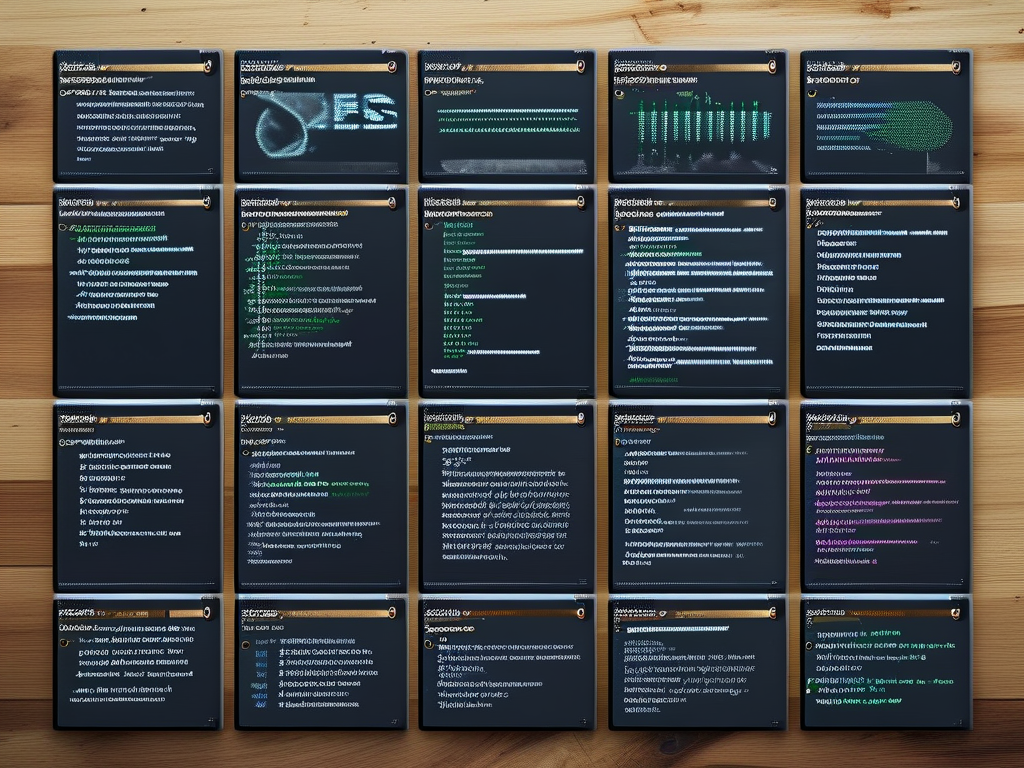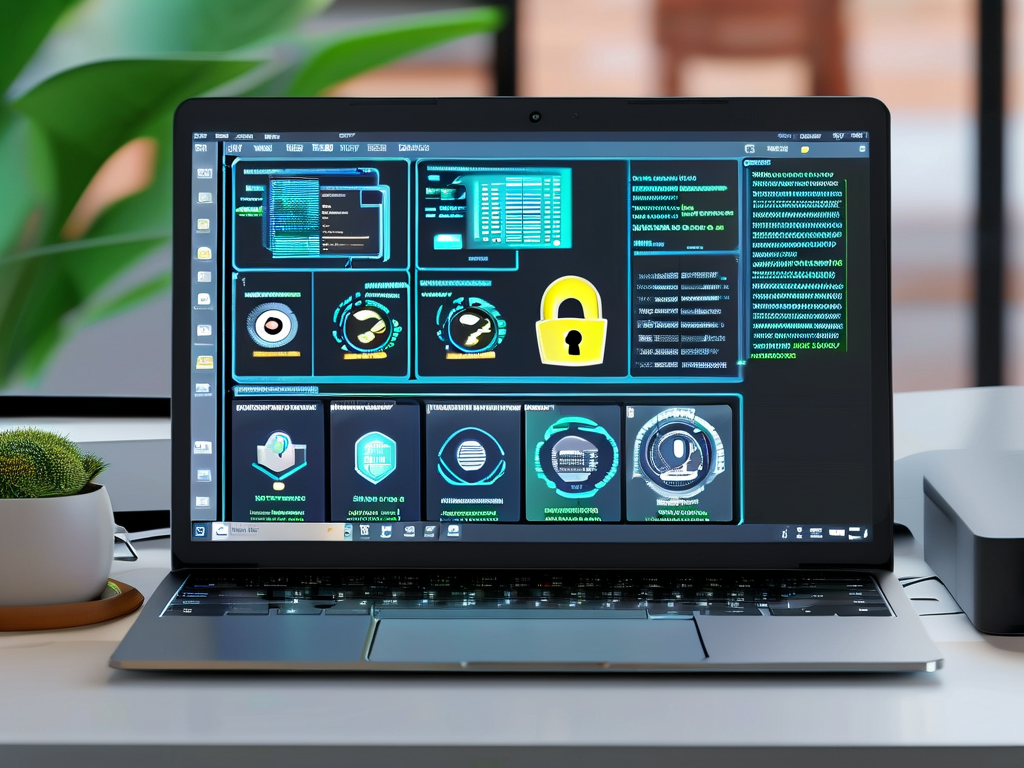In the era of big data and digital transformation, protecting sensitive information has become a critical priority. Data desensitization, the process of obscuring or anonymizing sensitive data to prevent unauthorized access, plays a pivotal role in safeguarding privacy while enabling data utility. This article explores common desensitization algorithms, their mechanisms, use cases, and limitations.

1. Data Masking
Data masking replaces sensitive information with fictional but realistic values. For example, a credit card number "1234-5678-9012-3456" might become "XXXX-XXXX-XXXX-3456." This technique is widely used in non-production environments (e.g., software testing) to protect real user data.
- Methods: Character substitution, shuffling, or partial hiding.
- Advantages: Preserves data format for system compatibility.
- Limitations: Not suitable for highly regulated fields like healthcare, where full anonymization is required.
2. Encryption
Encryption transforms data into ciphertext using cryptographic keys. Unlike masking, encrypted data can be reversed with the correct key.
- Symmetric Encryption: Uses a single key (e.g., AES algorithm). Ideal for securing databases.
- Asymmetric Encryption: Uses public-private key pairs (e.g., RSA). Common in secure communications.
- Limitations: Key management complexity and performance overhead.
3. Hashing
Hashing converts data into a fixed-length string using algorithms like SHA-256 or MD5. It is irreversible, making it ideal for storing passwords.

- Use Case: Password storage, where only hash comparisons are needed.
- Weakness: Vulnerable to rainbow table attacks if not salted (random data added before hashing).
4. Tokenization
Tokenization replaces sensitive data with non-sensitive tokens. The original data is stored in a secure "token vault."
- Example: Payment processors tokenize credit card numbers to reduce PCI DSS compliance scope.
- Strength: Minimizes exposure of raw data.
- Challenge: Requires secure token vault management.
5. Data Perturbation
This technique adds "noise" to numerical data to prevent re-identification. For instance, altering a salary value by ±5%.
- Application: Statistical analysis where approximate values suffice.
- Risk: Over-perturbation may reduce data utility.
6. Generalization
Generalization broadens data specificity. A birthdate "1995-03-15" might become "1990–2000" or "Age: 25–30."
- Use Case: Demographic reporting in research.
- Drawback: Loss of granularity affects detailed analysis.
7. k-Anonymity
k-Anonymity ensures that each record in a dataset is indistinguishable from at least (k-1) others. For example, in a medical dataset, suppressing ZIP codes or ages to group individuals.
- Implementation: Suppression (removing identifiers) or generalization.
- Limitation: Vulnerable to homogeneity attacks if grouped records share sensitive attributes.
8. Differential Privacy
A rigorous mathematical framework that adds calibrated noise to query results, ensuring individual data points cannot be inferred.
- Adoption: Tech giants like Apple and Google use it for user analytics.
- Strength: Strong privacy guarantees.
- Complexity: Requires expertise to balance noise levels and data accuracy.
Comparative Analysis
| Algorithm | Reversibility | Data Utility | Best For |
|---|---|---|---|
| Masking | No | High | Testing environments |
| Encryption | Yes (with key) | Moderate | Secure storage/transmission |
| Tokenization | Yes (via vault) | High | Payment systems |
| Differential Privacy | No | Variable | Analytics with strict privacy |
Challenges in Desensitization
- Balancing Privacy and Utility: Over-desensitization renders data useless; under-desensitization risks breaches.
- Regulatory Compliance: Laws like GDPR and HIPAA mandate specific standards, complicating cross-border data flows.
- Emerging Threats: Advances in AI (e.g., re-identification algorithms) challenge traditional methods.
Future Trends
- Synthetic Data Generation: AI-generated datasets mimicking real data without containing actual sensitive information.
- Federated Learning: Training ML models on decentralized data to avoid centralization risks.
- Homomorphic Encryption: Enabling computations on encrypted data without decryption.
Choosing the right desensitization algorithm depends on context: the sensitivity of data, regulatory requirements, and intended use cases. While no single method is universally perfect, a layered approach combining techniques like tokenization, encryption, and differential privacy often provides robust protection. As data privacy regulations tighten and cyber threats evolve, continuous innovation in desensitization will remain essential to building trust in the digital economy.








